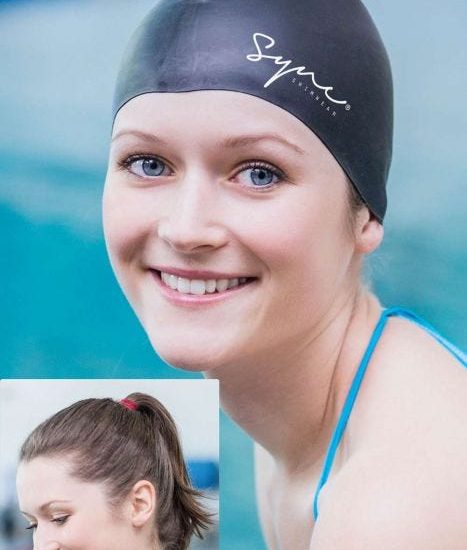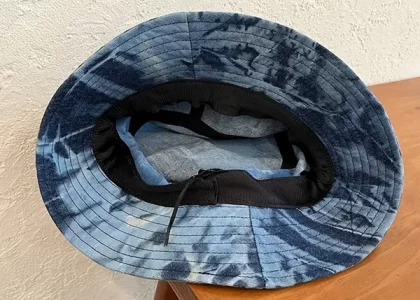Swimming caps are a crucial accessory for swimmers, serving multiple purposes such as protecting hair from chlorine damage, reducing drag for better performance, and keeping hair out of the face for improved visibility and concentration. Despite their significance, many swimmers, from beginners to seasoned athletes, often struggle with putting them on.how to put on a swim cap? This guide aims to demystify the process, providing step-by-step instructions, tips for different hair types, and additional advice to ensure a seamless experience.
The Basics of Swim Cap Usage
Understanding the Importance of Swim Caps
Swim caps are not merely about aesthetics; they play a vital role in enhancing the swimming experience. Firstly, they protect the hair from harmful chemicals in pool water, preserving its health. Secondly, they minimize hydrodynamic drag, potentially improving swim times. Lastly, by keeping hair snugly tucked away, they prevent it from obstructing vision, allowing swimmers to focus fully on their technique and surroundings. Recognizing these benefits underscores the importance of mastering the art of wearing a swim cap, making it an essential skill for any swimmer.

Selecting the Right Swim Cap
The material of the swim cap significantly impacts its functionality and ease of wearing. Latex and silicone caps are the most common, with latex being thinner, less expensive, and more breathable but prone to tearing. Silicone caps, while slightly more expensive, offer greater durability, are hypoallergenic, and provide a snug fit. For those with long hair, specially designed caps with extra space can accommodate and protect the extra volume. When selecting a cap, one must consider personal needs, hair type, and comfort preferences, ensuring the choice enhances the swimming experience rather than detracting from it.
Preparatory Steps Before Wearing a Swim Cap
Preparation is key to effortlessly putting on a swim cap. Begin by ensuring the hair is wet; this reduces friction and allows the cap to glide more smoothly over the hair. For those with longer hair, tying it back in a bun or ponytail at the crown of the head minimizes bulk and facilitates a smoother fit. Additionally, removing jewelry and ensuring hands are dry will prevent accidental tearing of the cap. Taking these preparatory steps seriously simplifies the process, setting the stage for a successful and frustration-free experience.
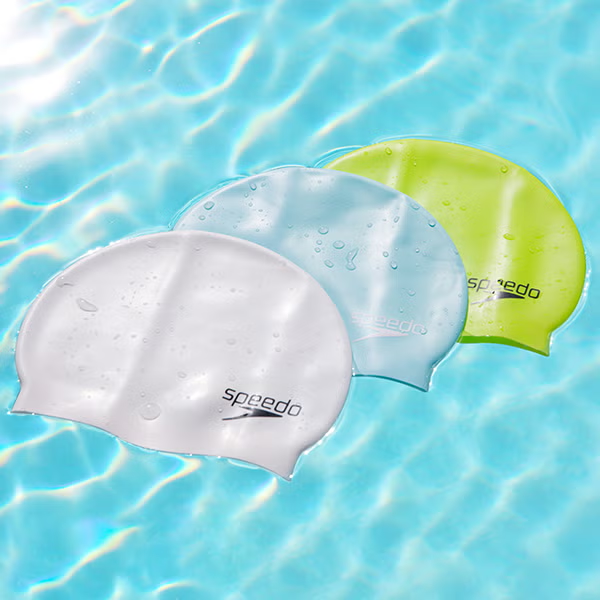
Step-by-Step Guide to Putting on a Swim Cap
Positioning the Swim Cap Correctly
Start by holding the swim cap with both hands, ensuring the seam (if present) runs down the middle of the head, and the logo (if any) is facing forwards. Stretch the cap open wide enough to cover the forehead first, securing a position just above the eyebrows while keeping a firm grip on each side. This step is crucial as it establishes the base from which the rest of the cap will be pulled over the head, ensuring an even and secure fit.
Stretching and Pulling the Cap over the Head
With the cap positioned correctly at the forehead, use your fingers to stretch it open, and with a gentle but firm motion, pull the cap back over the head. The goal is to cover all hair, tucking in stray strands as you go, and ensuring the cap sits comfortably without pinching the skin. For those with longer hair, this step might require some adjustments such as distributing the hair evenly around the head to avoid uncomfortable lumps and ensuring full coverage.
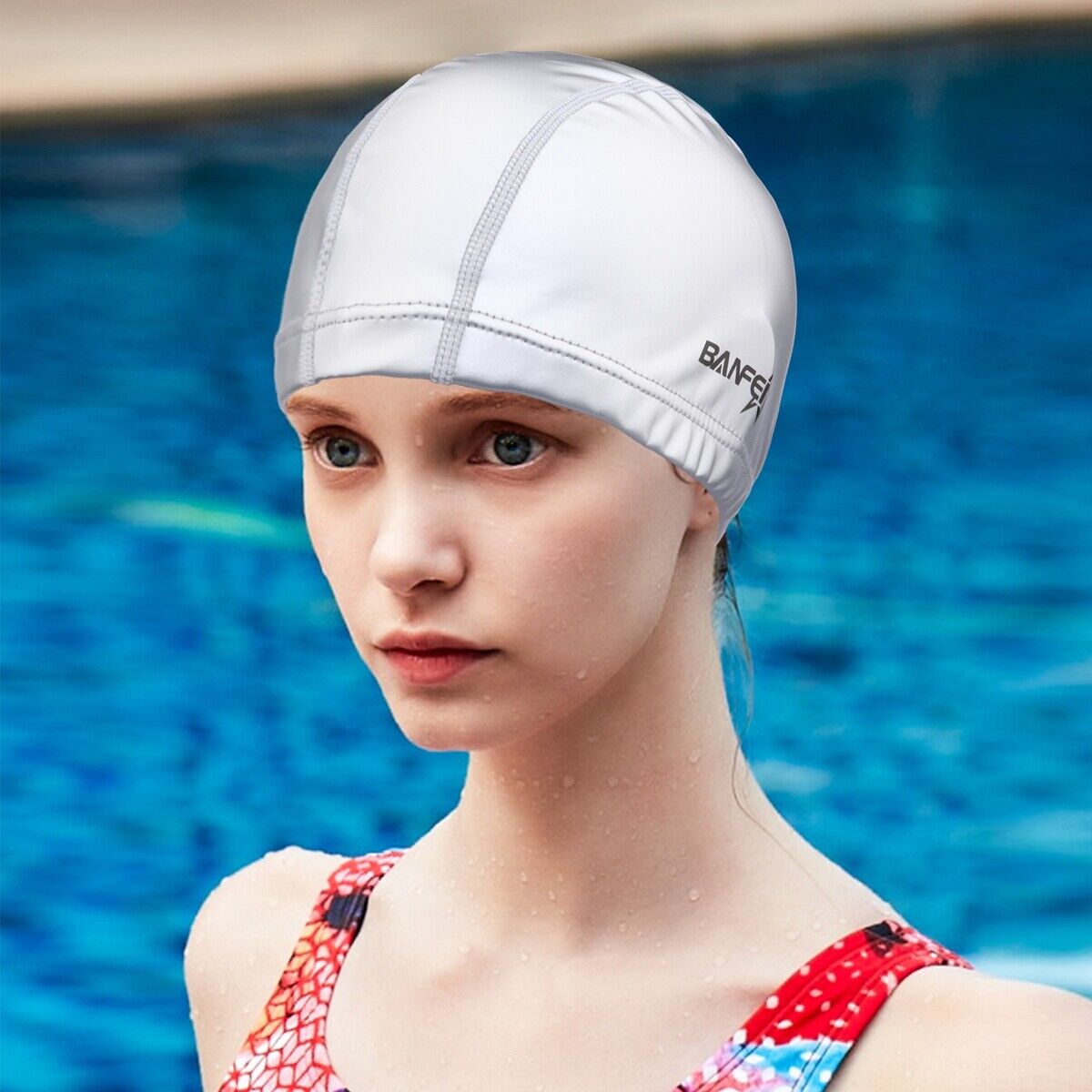
Final Adjustments for Comfort and Fit
Once the cap is on, it’s time for adjustments. Ensure the cap covers the ears slightly to reduce water entry, and check for any rolled edges that might let water in. If wearing goggles, placing the strap underneath the cap can provide extra security. Lastly, run fingers around the cap’s edge to eliminate air pockets, ensuring a sleek fit. These final touches are crucial for comfort during the swim and to achieve optimal performance benefits from wearing the cap.
Additional Tips and Maintenance
Tips for Swimmers with Long or Thick Hair
Swimmers with long or thick hair should consider caps designed specifically for their needs, often labeled “long hair swim caps.” These are made to accommodate larger volumes of hair while still providing a snug fit. Utilizing a conditioner or a light hair oil before putting the cap on can also mitigate hair pulling and make the process smoother. Lastly, practicing patience and taking the time to evenly distribute hair can prevent uneven pressure and potential discomfort.
Maintaining Your Swim Cap for Longevity
Proper care and maintenance are key to extending the life of a swim cap. After each use, rinse the cap with fresh water to remove chlorine or salt and let it air dry completely before storing. Avoiding sharp objects, direct sunlight, and high temperatures will prevent material degradation. For latex caps, sprinkling a small amount of talcum powder inside can prevent sticking and tearing. Remember, even with careful handling, swim caps have a limited lifespan and should be replaced if they start to thin, tear, or lose elasticity, leading to leaking and reduced performance.
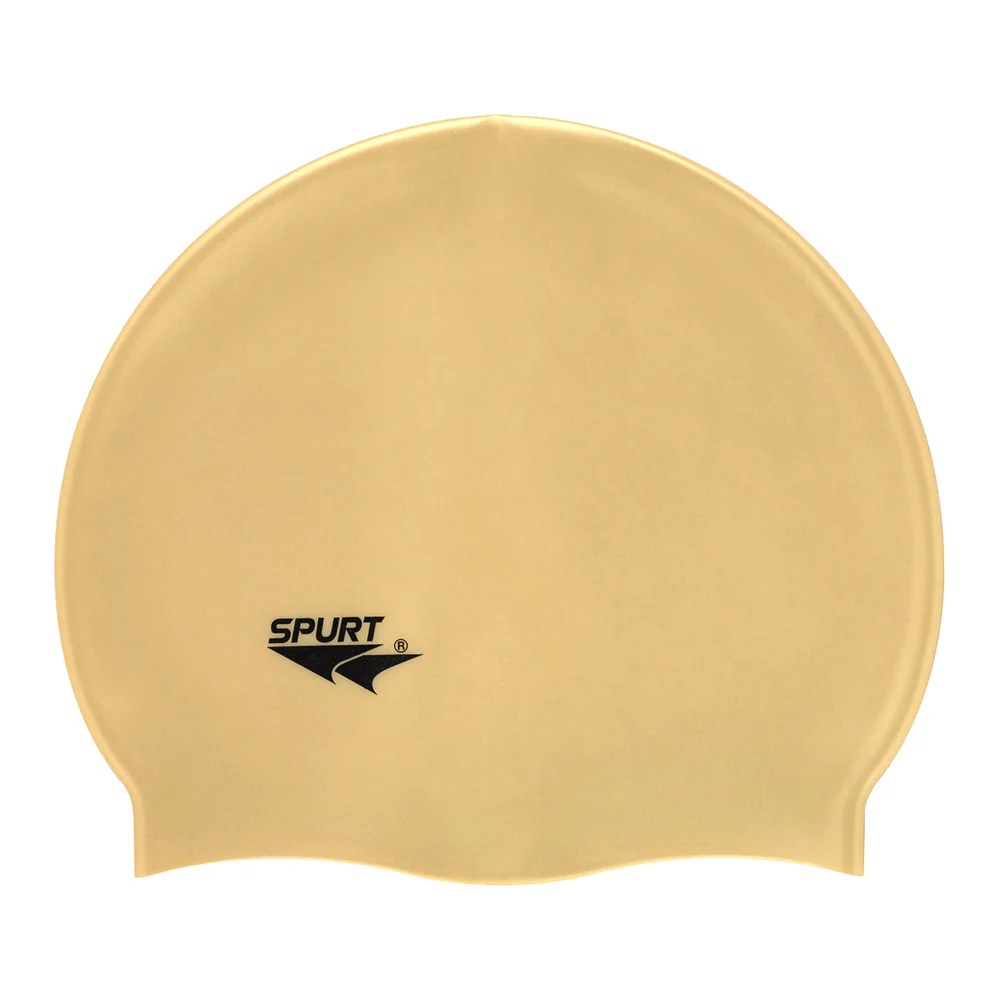
Troubleshooting Common Issues
Despite best efforts, swimmers might encounter issues such as caps rolling up, hair snagging, or rapid wear and tear. If a cap rolls up, this might indicate that it’s too small or not being stretched properly when put on. Reevaluating the cap’s sizing or having someone assist in stretching the cap over the head can resolve this issue. Hair snagging, a common complaint, is often alleviated by wetting the hair first, applying a light product as mentioned earlier, or using a cap with a smoother surface, such as those made of silicone. And finally, to address premature wear and tear, swimmers must ensure they’re using the right cap for their swimming frequency and conditions, as well as following all care instructions diligently.
Having addressed issues that might arise, swimmers should feel equipped to use their caps effectively, yet it’s also important to recognize when to seek advice. If persistent problems occur, consulting with more experienced swimmers, coaches, or swimwear specialists at sporting goods stores may provide valuable personalized insights and recommendations.
Enhancing the Swim Cap Experience
Customizing and Personalizing Swim Caps
Swim caps present an opportunity for swimmers to express their personalities through customization. Many companies offer personalized caps where swimmers can have their names, logos, or custom designs printed. This can be especially exciting for teams, as they can sport their team colors and emblems with pride. For individual swimmers, personalizing caps can be motivating and foster a greater connection to the sport. The availability of various colors and patterns also allows swimmers to match their swimwear or opt for designs that stand out.
Integrating Swim Caps into a Swimming Routine
Incorporating the process of putting on a swim cap into a regular swimming routine can establish a rhythm that leads to a better overall experience. With practice, the action becomes second nature, ensuring swift and easy preparation before entering the water. A consistent routine also means the swimmer can quickly detect any changes in the cap’s condition, allowing for timely replacements or adjustments. Furthermore, regular usage helps swimmers develop a personal technique that works best for their hair type and head shape, alleviating common challenges over time.
Taking the Swim Cap Beyond the Pool
While swim caps are designed for functionality in the pool, there’s no denying the impact they have beyond the water. The swim cap can be a symbol of dedication, a part of one’s swimming identity, and even an item that sparks conversation outside of swimming circles. For enthusiasts, collecting swim caps from different events or locations they’ve swum can serve as mementos and an acknowledgment of their aquatic adventures. Additionally, swim caps used in open water swims or triathlons often bear the marks of each race, carrying personal histories of accomplishment and becoming cherished keepsakes.
In conclusion, the swim cap is an essential piece of equipment that, when used correctly, provides many benefits for swimmers of all levels. By following these detailed steps for putting on a swim cap, selecting the right type, and maintaining its condition, swimmers can reduce drag, protect their hair, and enhance their swimming experience. Whether for training or competition, the swim cap is a simple yet significant accessory that supports the pursuit of aquatic excellence.

